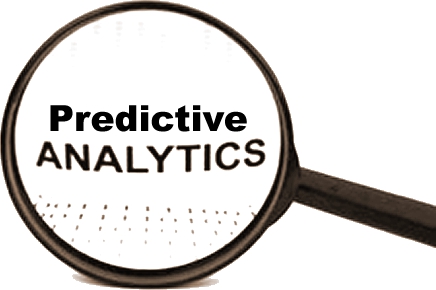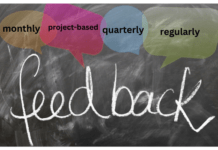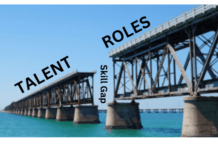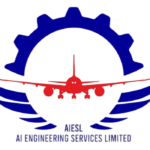This weakness is hampering the adoption and deployment of predictive analysis for half the organisations in India.
Technology has been undergoing rapid developments in the past few decades, with big data and analytics having taken a big leap recently. However, it seems that IT in HR lagged behind in terms of deploying these technologies to their benefit. Close to half (46 per cent) of the organisations struggling to make the best of predictive analytics for HR and business, believe that weak data and analytics capabilities, in existing HR IT systems, are hampering the adoption and deployment of predictive analysis. This is just one of the findings from the 2017 KPMG HR Transformation Survey of nearly 900 executives from 48 countries.
The India report says that another 46 per cent feel that lack of access to new, advanced and capable analytical and software tools pose a tough challenge to the adoption of predictive analysis. In addition, multiple/fragmented data stores further limit a holistic view of personnel data, which is another roadblock for predictive analytics.
While those may be the logistical issues, the report suggests there are skill limitations as well that hamper the adoption of predictive analytics in organisations. 35 per cent respondents say that weak data and analytics skills in existing HR personnel holds them back in adopting, deploying and exploiting predictive analytics. 35 per cent maintain that the inability to connect the people data with business data is a concern.
The other challenges in adopting predictive analytics include: inability to define the best metrics to track and understand if HR is adequately supporting corporate business strategies and initiatives; inadequate understanding, on behalf of HR, of corporate business strategies and initiatives; immature analytical software and tools to meet specific HR needs; HR analytical tools too complicated to use to derive meaningful insights; lack of support from business and management to engage HR in addressing analytical needs and opportunities; and inadequate understanding of customer issues, needs and trends required to formulate HR strategy underpinned by analytics to address.
While world over most of the respondents believe that process and cognitive automation will drive the way HR services are offered in their respective organisations, in India, surprisingly, 25 per cent of the respondents reported little/no use of HR analytics. On a positive side, 56 per cent of organisations reported using HR analytics to track and use of classic HR key performance indicators.
22 per cent organisations report real-time and ongoing predictive analytics focussed on HR outcomes, and 13 per cent say they have real-time and ongoing predictive analytics focussed on business outcomes. However, still, some organisations only have ad-hoc periodic predictive analytics focussed on HR outcomes (21 per cent) and business outcomes (12 per cent).
Today, the HR domain is advancing, and HR professionals are digging into the benefits of analytics by incorporating talent analytics into their strategies. In line with this, there has been a 20 per cent rise in spending on HR technology, since last year. This has, in turn, fuelled a huge market growth in supporting and enabling organisational efforts to adopt and exploit digital labour. The survey also states that the biggest areas of investment expected for India, in 2017, are talent management, HR data and analytics, onboarding and payroll.
Value our content... contribute towards our growth. Even a small contribution a month would be of great help for us.
Since eight years, we have been serving the industry through daily news and stories. Our content is free for all and we plan to keep it that way.
Support HRKatha. Pay Here (All it takes is a minute)




































